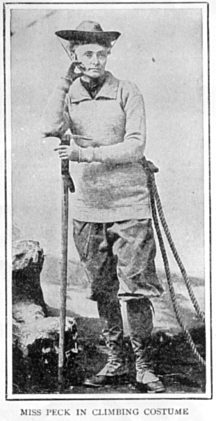The University Record, May 6, 1997
Records of dead prove pretty lively
By Joanne Nesbit
News and Information Services
 Delve into 64,000 folders housed in 753 shoe-box-sized containers at the Bentley Historical Library and you can find newspaper clippings, biographical data, photographs, obituaries and personal letters all pertaining to deceased U-M students, faculty and administrators.
Delve into 64,000 folders housed in 753 shoe-box-sized containers at the Bentley Historical Library and you can find newspaper clippings, biographical data, photographs, obituaries and personal letters all pertaining to deceased U-M students, faculty and administrators.
Such is the rich collection of the Alumni Records necrology files recently processed and available for research at the Bentley, and “a week doesn’t go by without several uses of it,” says William Wallach, assistant director of the library.
“The records are valuable for scholars who are investigating the history of individual students or groups of students,” says Karen Jania, a reference assistant. “Requests come in to the reference staff from all over the world, wherever there are Michigan alumni and scholars interested in Michigan’s academic legacy.” Jania does point out that the necrology files do not include any sort of restricted student records such as transcripts.
The files document all students who attended the University and who died before 1960, as well as some honorary degree recipients, some faculty, some officers and some Regents. “The depth and breadth of the contents varies with the time period and prominence of the individual,” says Anne Frantilla, an associate archivist.
One example of the fascinating material in the collection is that of Annie Smith Peck, a graduate of the class of 1878 who taught Latin at Purdue University and Smith College, but who was most well known for her feats as a mountaineer. A 1916 newspaper story about Peck called her “Queen of the Climbers” for her successful climb of Bolivia’s Mount Sorata at 25,000 feet above sea level, the first time anyone had reached its summit. At that time, Peck was one of only three women to have reached the summit of the Matterhorn and the “only woman that ever climbed the Funffinger Spitze, the most dangerous rock climb in all Europe where a slip from a two-inch rock ledge meant a sheer fall of 2,000 feet.” Peck accomplished these feats in dress highly unorthodox for women at the time. As the 1916 newspaper account says, “Miss Peck in all her mountain climbing discards skirts. She wears knickerbockers or loose bloomers.”
For all her international acclaim, Peck did not seem to garner the same attention at her alma mater and wrote in a 1930 letter, “I once gave a lecture at Ann Arbor on my big climb, in the last year of Dr. Angell’s presidency, but for the Women’s League with small attendance. I am sure the boys would be interested, and I wrote Yost about it. Nothing done.”

